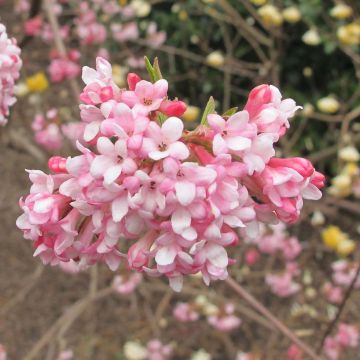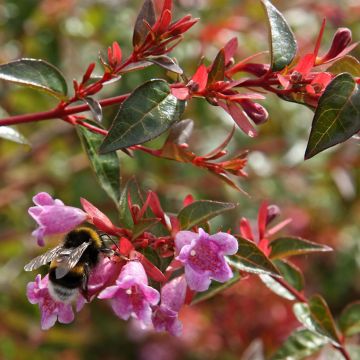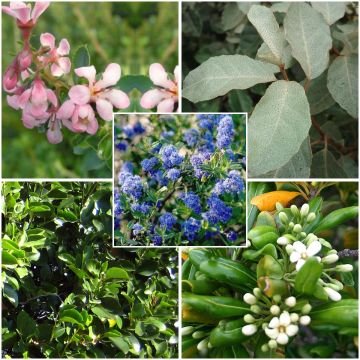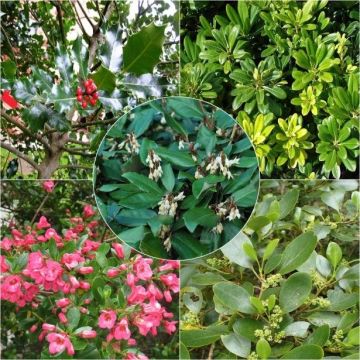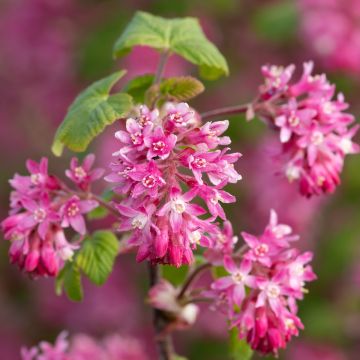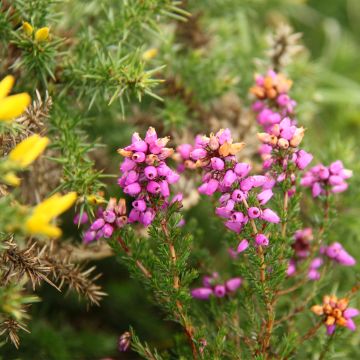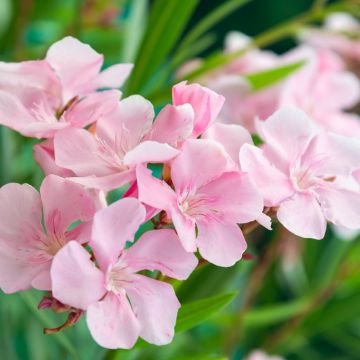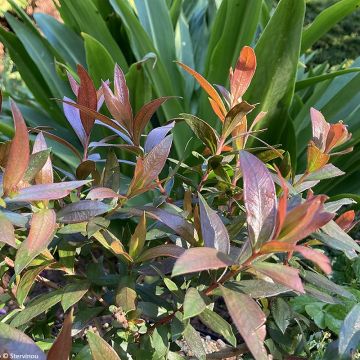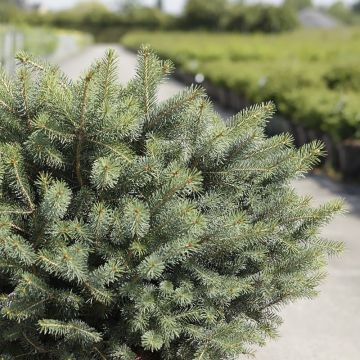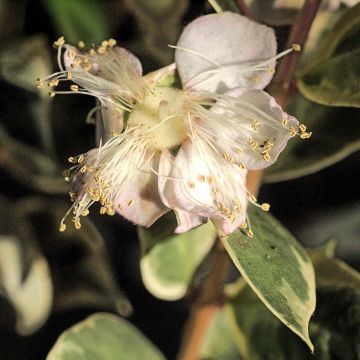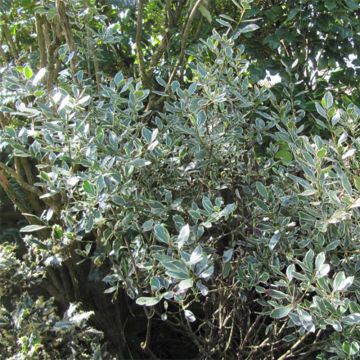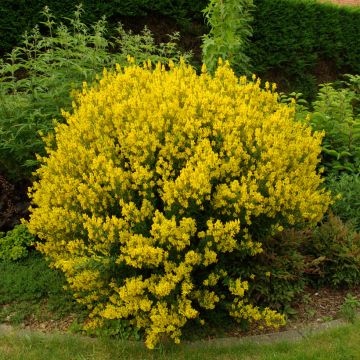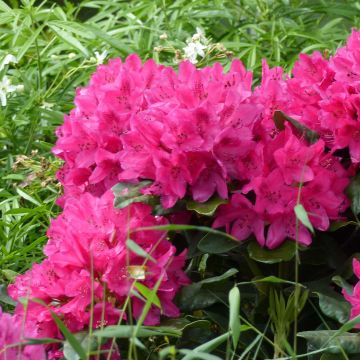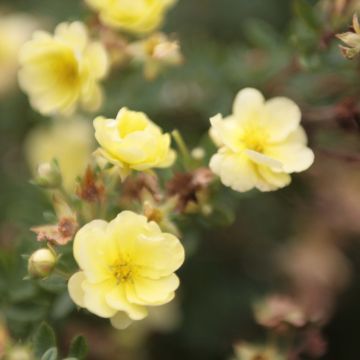Shipping country and language
Your country of residence may be:
Your country of residence is:
For a better user experience on our website, you can select:
Your shipping country:
-
Andorra
-
Austria
-
Belgium
-
Bulgaria
-
Canada
-
Chile
-
Croatia
-
Cyprus
-
Czechia
-
Denmark
-
Estonia
-
Finland
-
France
-
Germany
-
Greece
-
Hungary
-
Iceland
-
Ireland
-
Italy
-
Latvia
-
Lithuania
-
Luxembourg
-
Malta
-
Monaco
-
Netherlands
-
Poland
-
Portugal
-
Romania
-
Slovakia
-
Slovenia
-
Spain
-
Sweden
-
Switzerland
-
United Kingdom
We only deliver seed and bulb products to your country. If you add other products to your basket, they cannot be shipped.
Language:
-
French
-
German
-
Spanish
-
English
-
Italian
My Account
Hello
My wish lists
Log in / Register
Existing customer?
New customer?
Create an account to track your orders, access our customer service and, if you wish, make the most of our upcoming offers.
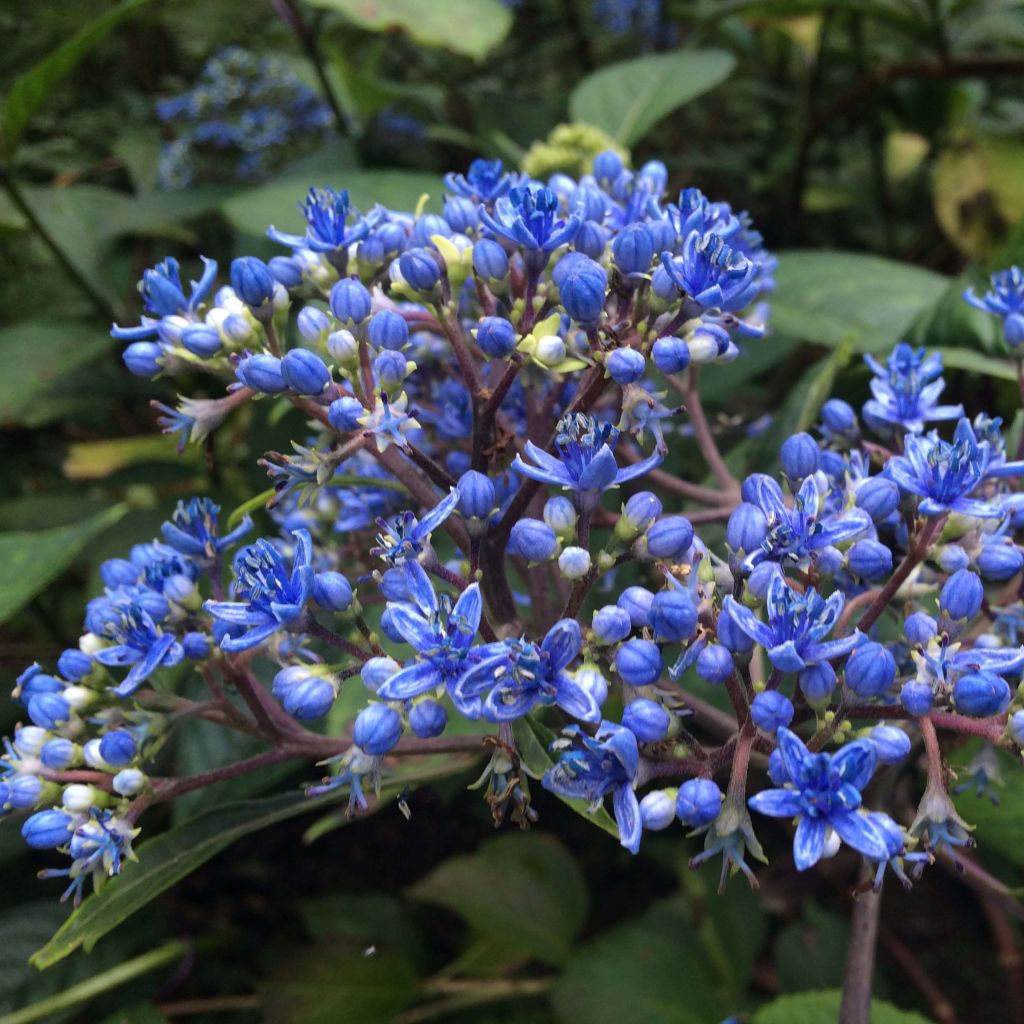

Dichroa x febrifuga Marie
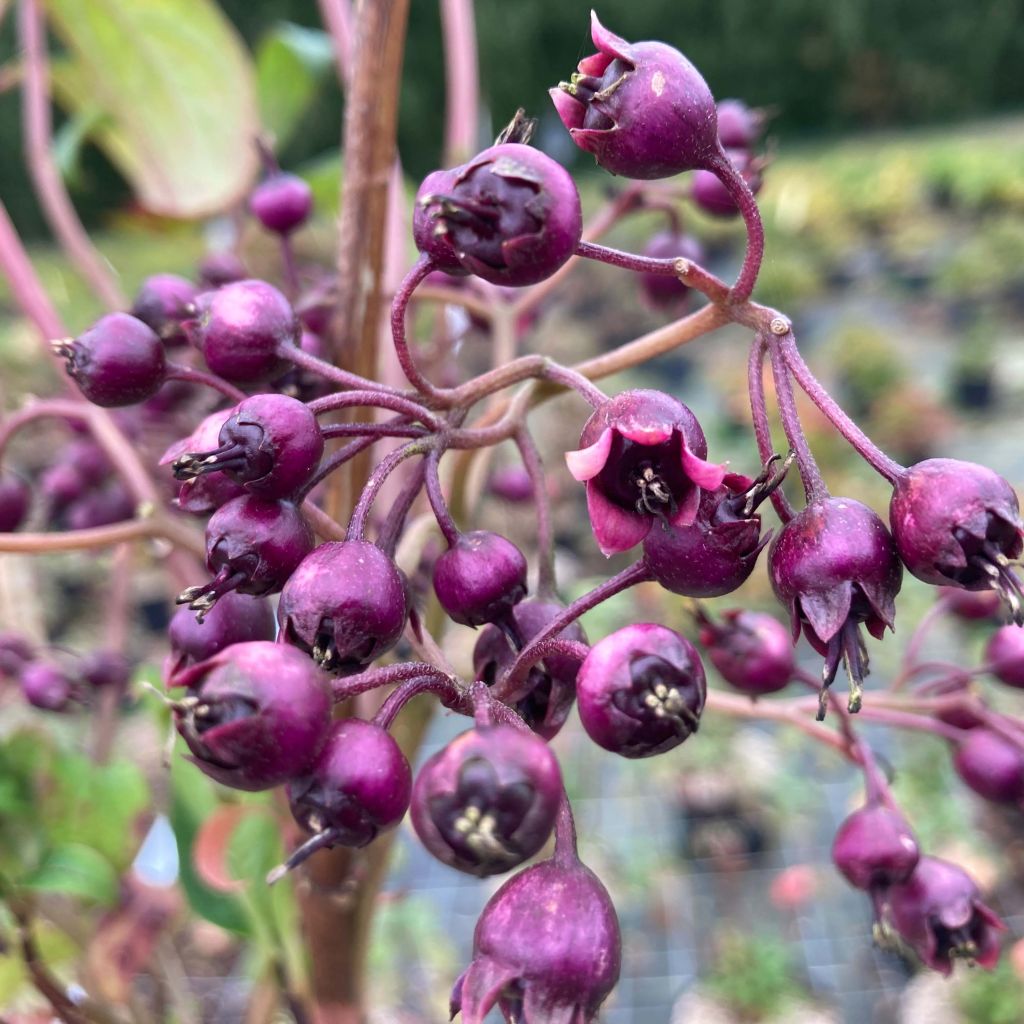

Dichroa x febrifuga Marie
Dichroa x febrifuga Marie
Dichroa x febrifuga Marie
Chinese Quinine
Why not try an alternative variety in stock?
View all →Order in the next for dispatch today!
Dispatch by letter from €3.90.
Delivery charge from €5.90 Oversize package delivery charge from €6.90.
More information
This item is not available in your country.
Schedule delivery date,
and select date in basket
This plant carries a 24 months recovery warranty
More information
We guarantee the quality of our plants for a full growing cycle, and will replace at our expense any plant that fails to recover under normal climatic and planting conditions.
From €5.90 for pickup delivery and €6.90 for home delivery
Express home delivery from €8.90.
Does this plant fit my garden?
Set up your Plantfit profile →
Description
The Dichroa Marie is a charming Asian bush with soft pink flowers that turn gentian blue depending on the soil. This plant is important in traditional Chinese medicine. It blooms during the summer and has pretty foliage that looks good all year round. It also has lovely blue fruiting and grows moderately, making it a good choice for small gardens. Although rare in cultivation, it thrives in non-limestone soil and mild, humid climates. It can also be grown in a pot on a partially shaded terrace. Its flowers are lovely in bouquets.
The Dichroa is a bush from the hydrangea family native to Asia (China, Himalayas). It has a bushy habit, taller than wide, and reaches about 1.50m (4 ft 11 in) in height and 1m (3 ft 4 in) in width after 10 years. Its growth rate is moderate. The foliage remains in winter. It consists of lanceolate, slightly shiny leaves of medium green colour. The young branches are reddish-brown. The flowering period extends from July to September, at the tips of the current year's branches. It takes the form of rounded clusters of small flowers with 5 light pink or gentian blue petals depending on the nature of the soil, surrounding prominent stamens of a purple-pink colour. After pollination by pollinating insects, the nectar-rich flowers give way to small round fruits, of a bright indigo blue, ripening in autumn, decorative but not edible.
The Dichroa Marie can be planted in heather beds, along with hydrangeas, Pieris, camellias, and rhododendrons. It enjoys the same cool environment, with filtered sunlight, and will particularly thrive in coastal gardens. To accompany it, consider shade-loving perennials such as ferns, Japanese anemones, and hostas.
Similar to hydrangeas but less hardy, dichroas are mainly distinguished by the fact that they produce berry-like fruits.
Report an error about the product description
Dichroa x febrifuga Marie in pictures


Plant habit
Flowering
Foliage
Botanical data
Dichroa
x febrifuga
Marie
Hydrangeaceae
Chinese Quinine
China
Other Shrubs A to Z
Planting and care
For successful growth of Dichroa Marie, choose a soil that is not limestone and has a neutral or acidic pH. Ensure that the area where you plant it does not experience frost below -6/-7°C. Partial shade with some morning sun is the ideal location for the bush. You can plant it either in spring or autumn in mild and temperate climates. Spring is the ideal time to plant it in a pot.
Planting in the ground:
Dig a hole three times larger than the root ball in all directions. Add compost to the original soil and be careful not to bury the base of the plant while filling the hole. Use non-limestone water to water the plant and mulch it immediately. Make sure to water the plant regularly in dry summers. Protect the base of the plant with thick mulch and the branches with horticultural fleece in case of severe frost.
Planting in a pot:
Choose a pot with a diameter of at least 40 cm (15.7 in) and make sure it has drainage holes at the bottom. The pot should be well-drained with clay pebbles. Plant Dichroa in a substrate composed of 1/3 leaf compost, 1/3 garden soil, and 1/3 sand. Add three handfuls of slow-release organic fertiliser or compost. Mulch the base of the plant after planting and watering, always with non-limestone water. Add compost in March, June, and October. If you bring Dichroa into a cold greenhouse or slightly heated veranda in winter, water it twice a month. If you leave it outside, protect the bush with mulch and wrap the pot and branches in a horticultural fleece if there's a forecast of frost.
Planting period
Intended location
Care
This item has not been reviewed yet - be the first to leave a review about it.
Haven't found what you were looking for?
Hardiness is the lowest winter temperature a plant can endure without suffering serious damage or even dying. However, hardiness is affected by location (a sheltered area, such as a patio), protection (winter cover) and soil type (hardiness is improved by well-drained soil).

Photo Sharing Terms & Conditions
In order to encourage gardeners to interact and share their experiences, Promesse de fleurs offers various media enabling content to be uploaded onto its Site - in particular via the ‘Photo sharing’ module.
The User agrees to refrain from:
- Posting any content that is illegal, prejudicial, insulting, racist, inciteful to hatred, revisionist, contrary to public decency, that infringes on privacy or on the privacy rights of third parties, in particular the publicity rights of persons and goods, intellectual property rights, or the right to privacy.
- Submitting content on behalf of a third party;
- Impersonate the identity of a third party and/or publish any personal information about a third party;
In general, the User undertakes to refrain from any unethical behaviour.
All Content (in particular text, comments, files, images, photos, videos, creative works, etc.), which may be subject to property or intellectual property rights, image or other private rights, shall remain the property of the User, subject to the limited rights granted by the terms of the licence granted by Promesse de fleurs as stated below. Users are at liberty to publish or not to publish such Content on the Site, notably via the ‘Photo Sharing’ facility, and accept that this Content shall be made public and freely accessible, notably on the Internet.
Users further acknowledge, undertake to have ,and guarantee that they hold all necessary rights and permissions to publish such material on the Site, in particular with regard to the legislation in force pertaining to any privacy, property, intellectual property, image, or contractual rights, or rights of any other nature. By publishing such Content on the Site, Users acknowledge accepting full liability as publishers of the Content within the meaning of the law, and grant Promesse de fleurs, free of charge, an inclusive, worldwide licence for the said Content for the entire duration of its publication, including all reproduction, representation, up/downloading, displaying, performing, transmission, and storage rights.
Users also grant permission for their name to be linked to the Content and accept that this link may not always be made available.
By engaging in posting material, Users consent to their Content becoming automatically accessible on the Internet, in particular on other sites and/or blogs and/or web pages of the Promesse de fleurs site, including in particular social pages and the Promesse de fleurs catalogue.
Users may secure the removal of entrusted content free of charge by issuing a simple request via our contact form.
The flowering period indicated on our website applies to countries and regions located in USDA zone 8 (France, the United Kingdom, Ireland, the Netherlands, etc.)
It will vary according to where you live:
- In zones 9 to 10 (Italy, Spain, Greece, etc.), flowering will occur about 2 to 4 weeks earlier.
- In zones 6 to 7 (Germany, Poland, Slovenia, and lower mountainous regions), flowering will be delayed by 2 to 3 weeks.
- In zone 5 (Central Europe, Scandinavia), blooming will be delayed by 3 to 5 weeks.
In temperate climates, pruning of spring-flowering shrubs (forsythia, spireas, etc.) should be done just after flowering.
Pruning of summer-flowering shrubs (Indian Lilac, Perovskia, etc.) can be done in winter or spring.
In cold regions as well as with frost-sensitive plants, avoid pruning too early when severe frosts may still occur.
The planting period indicated on our website applies to countries and regions located in USDA zone 8 (France, United Kingdom, Ireland, Netherlands).
It will vary according to where you live:
- In Mediterranean zones (Marseille, Madrid, Milan, etc.), autumn and winter are the best planting periods.
- In continental zones (Strasbourg, Munich, Vienna, etc.), delay planting by 2 to 3 weeks in spring and bring it forward by 2 to 4 weeks in autumn.
- In mountainous regions (the Alps, Pyrenees, Carpathians, etc.), it is best to plant in late spring (May-June) or late summer (August-September).
The harvesting period indicated on our website applies to countries and regions in USDA zone 8 (France, England, Ireland, the Netherlands).
In colder areas (Scandinavia, Poland, Austria...) fruit and vegetable harvests are likely to be delayed by 3-4 weeks.
In warmer areas (Italy, Spain, Greece, etc.), harvesting will probably take place earlier, depending on weather conditions.
The sowing periods indicated on our website apply to countries and regions within USDA Zone 8 (France, UK, Ireland, Netherlands).
In colder areas (Scandinavia, Poland, Austria...), delay any outdoor sowing by 3-4 weeks, or sow under glass.
In warmer climes (Italy, Spain, Greece, etc.), bring outdoor sowing forward by a few weeks.


